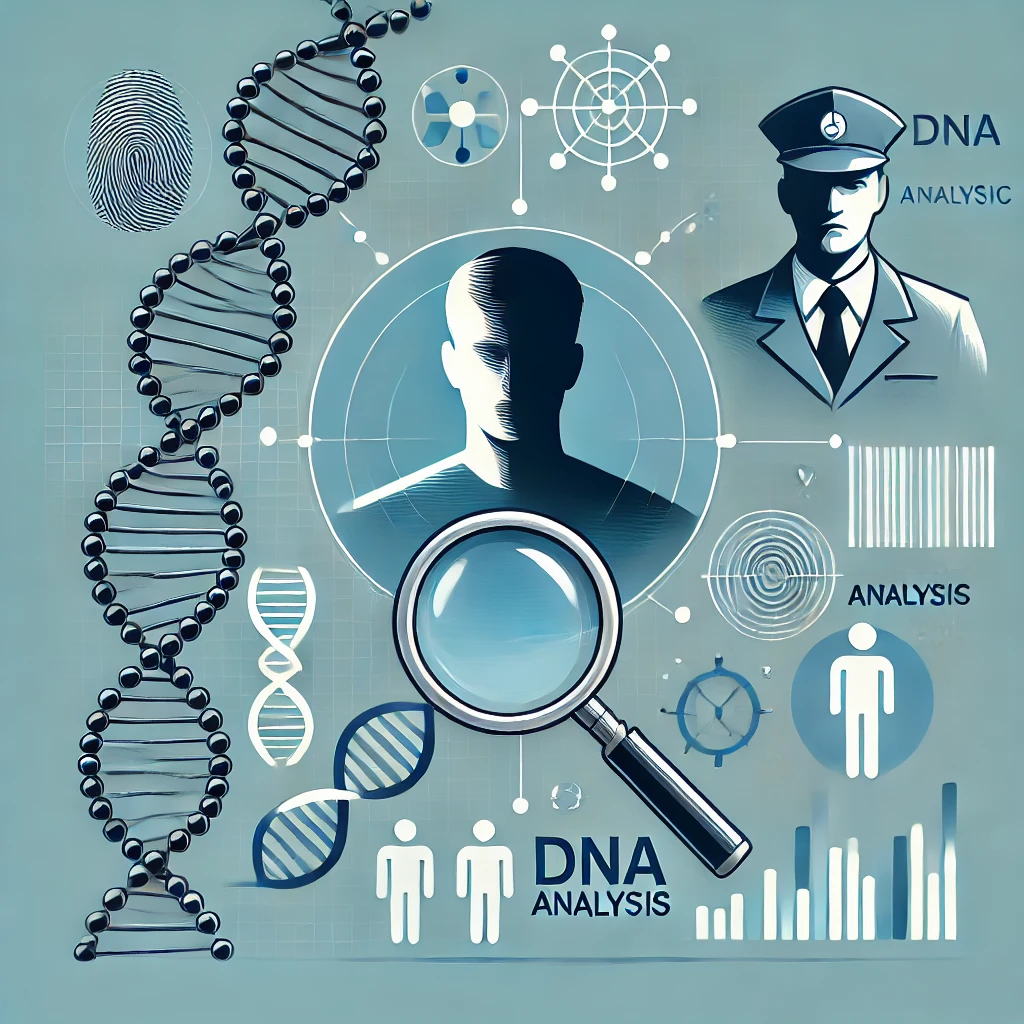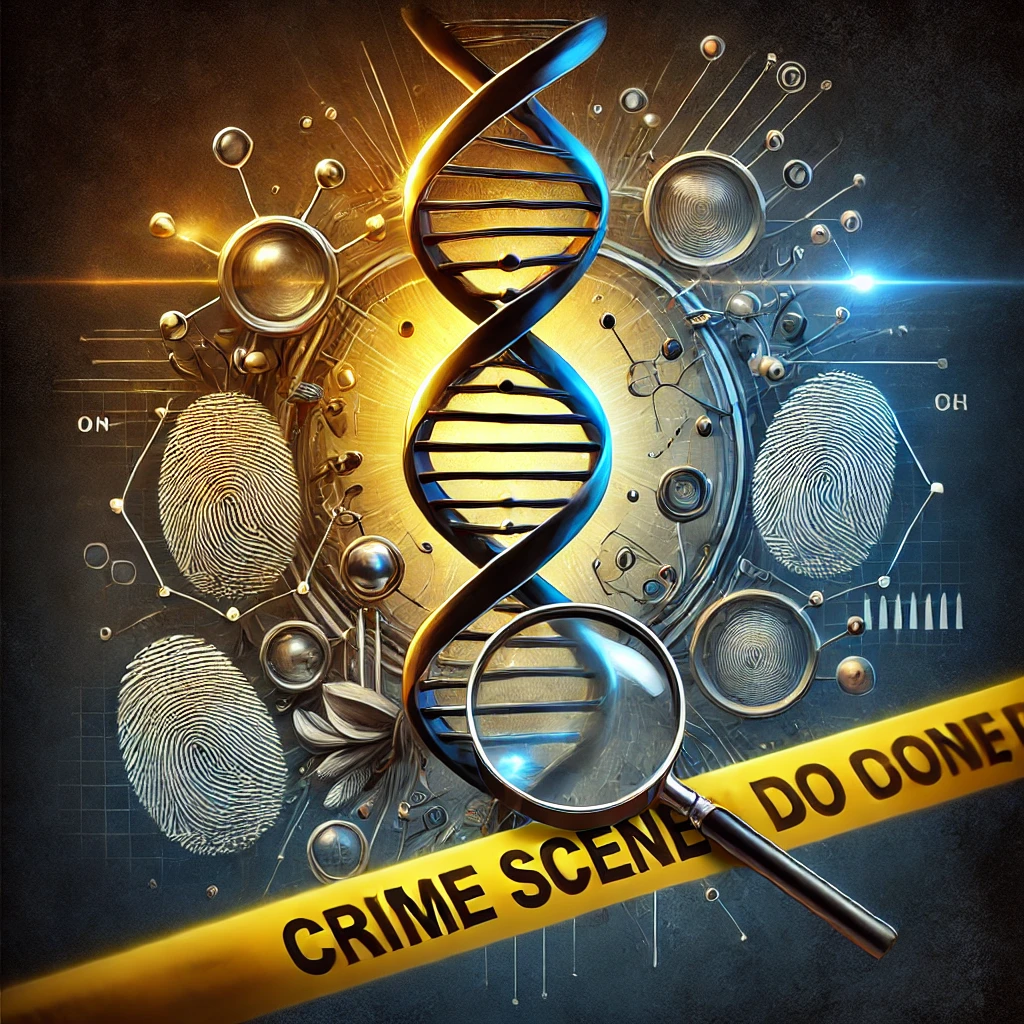Understanding criminal behavior is a cornerstone of effective law enforcement and criminology. With advancements in science, DNA analysis has become a transformative tool in linking individuals to crimes, understanding behavioral tendencies, and ensuring justice. This integration of biological evidence with behavioral analysis not only solves crimes but also helps in preventing future offenses.
The Role of DNA Analysis in Criminal Investigations
DNA analysis plays a pivotal role in modern criminal investigations by providing irrefutable biological evidence. It has revolutionized the way cases are solved and has set new standards for accuracy in identifying perpetrators. Key aspects of DNA analysis in criminal investigations include:
Identifying Suspects
By analyzing biological samples like blood, hair, or skin cells found at a crime scene, investigators can:
- Match DNA profiles to suspects.
- Exclude innocent individuals from suspicion.
- Build strong cases based on genetic evidence.
Linking Crimes
DNA can reveal connections between seemingly unrelated crimes by identifying the same perpetrator, thus helping investigators identify serial offenders.
Exonerating the Innocent
One of the most profound impacts of DNA analysis is its ability to overturn wrongful convictions. By reexamining evidence with modern techniques, innocent individuals can be freed.
Behavioral Insights Through DNA
Recent studies suggest that DNA analysis can also provide insights into criminal behavior. While genetic predisposition does not determine criminality, certain genetic markers may influence traits such as aggression, impulsivity, or risk-taking.
Genetic and Environmental Interplay
Criminal behavior often results from a complex interaction between genetics and environment. DNA analysis helps in understanding:
- How genetic predispositions interact with life experiences.
- The role of inherited traits in shaping behavioral tendencies.
Ethical Considerations
Using genetic information to analyze behavior raises significant ethical questions. Law enforcement agencies must balance scientific exploration with privacy rights and the risk of stigmatization.

The Application of DNA Analysis in Modern Criminology
Cold Case Solving
DNA technology has breathed new life into unsolved cases by:
- Analyzing old evidence with updated techniques.
- Identifying suspects decades after crimes were committed.
Predictive Policing
Some criminologists explore the potential of using DNA data for predictive policing. While controversial, this approach aims to:
- Identify individuals at higher risk of criminal behavior.
- Develop intervention programs to prevent crimes before they occur.
Enhancing Forensic Databases
Expanding and refining DNA databases have made it easier to:
- Cross-reference evidence from multiple crime scenes.
- Identify unknown individuals linked to criminal activities.
Challenges and Limitations
Despite its advantages, DNA analysis faces several challenges:
- Contamination: Improper handling can compromise samples.
- Interpretation Errors: Misinterpretation of results can lead to false accusations.
- Access and Equity: Not all regions have equal access to advanced DNA technologies.
Conclusion
The integration of DNA analysis with the study of criminal behavior marks a new frontier in criminology. By combining biological evidence with insights into human behavior, law enforcement agencies can achieve greater precision in solving and preventing crimes. However, ethical considerations and technological limitations must be addressed to maximize the benefits of this powerful tool.

